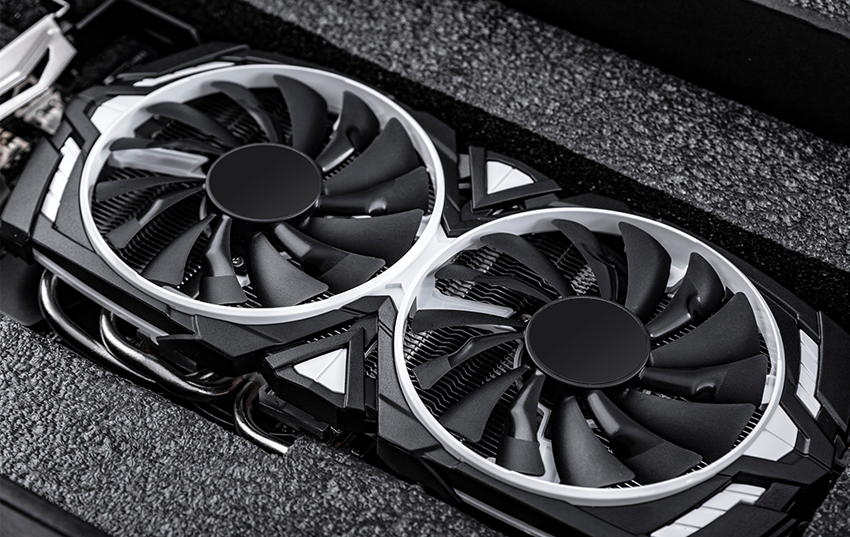
Source: Denis Rozhnovsky/Office Computers/Adobe Stock
Over the past few weeks, there has been no shortage of announcements related to advancements in Generative AI technology. In the first of this two-part blog post series, we aim to shed light on some of the most-recent product releases and evaluate the impact of some of these models or updates.
Recent Generative AI model releases and updates
OpenAI’s GPT 4.5 and Amazon’s Alexa+ represent notable advancements in AI model capabilities. GPT 4.5 emphasizes practical applications with improved writing and world understanding, while Alexa+ introduces advanced features such as memory retention and device interaction. Alexa+ is available for Amazon Prime members and utilizes both Amazon’s and third-party models, including those from Anthropic.
In the realm of AI infrastructure and hardware, NVIDIA’s GTC 2025 event showcased the Blackwell Ultra GPU, designed to boost inference and reasoning tasks. Upcoming Vera Rubin chips were also announced, along with Equinix’s NVIDIA Instant AI Factory service. Additionally, storage companies like IBM and Pure Storage are integrating NVIDIA’s AI Data Platform into their technologies.
IBM’s Granite AI model family expansion includes a new vision language model and improved Guardian safety model, while Tencent’s Hunyuan Turbo S offers faster query responses, competing with models like DeepSeek’s V3. This trend in AI model development is echoed by Cohere’s Command A, a low-latency foundation model optimized for deployment on just two GPUs.
Google’s latest releases include Gemma 3, which ranks highly in user preferences and operates efficiently on a single GPU, along with Gemini Robotics and Chirp 3, a synthetic voice generation product now part of the Vertex AI platform. Lenovo’s ThinkEdge SE100 provides an entry-level AI inferencing server for SMBs, offering a compact and affordable edge AI solution.
Salesforce’s Agentforce 2dx update enhances connectivity by integrating agents into business processes through the Agentforce API and MuleSoft connector. In a similar vein, Verizon Business has launched a generative AI assistant to support small businesses with customer interactions, offering text-based assistance and escalating unresolved queries to human employees.
In the area of 3D generation, Stability AI introduced the Stable Virtual Camera for navigating 3D scenes, while Roblox launched the Cube model, allowing text prompts to generate 3D meshes. This tool is open source, enabling creators to use it beyond Roblox’s ecosystem.
Evaluating the impact of new Generative AI models/updates
Recent releases from Anthropic and OpenAI, namely Claude 3.7 and GPT 4.5, showcase improvements over their predecessors. However, the naming suggests that these models do not yet represent groundbreaking advancements ready for widespread public use. Despite significant investments in training, the modest improvements in benchmark performance raise questions about the return on AI infrastructure investments. Notably, GPT 4.5 incurs higher operational costs compared to its predecessor.
It’s important to consider two key points regarding these developments. Firstly, the potential of these models extends beyond training, as they may provide a robust foundation for future reasoning models that enhance performance in complex tasks. Secondly, both organizations prioritize real-world applications over benchmark performance. This shift away from benchmarks is not merely an excuse; it addresses concerns that focusing solely on benchmarks can result in unbalanced models and that many benchmarks may not accurately reflect enterprise task performance.
Stay tuned for part-two of this blog post series where we highlight funding trends, M&A, and regulatory changes.
This content may be AI-assisted and is composed, reviewed, edited and approved by S&P Global in accordance with our Terms of Service.


One Reply to “The latest in Generative AI developments – Part 1”
Comments are closed.